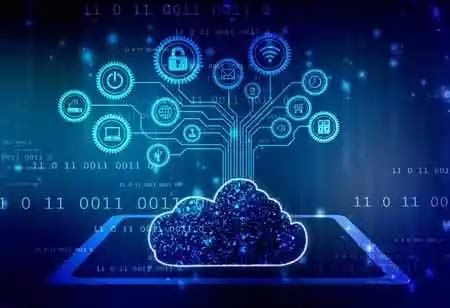The IoTs can disrupt disaster management during precluding, preparation, reaction, and recovery stages.
FREMONT, CA: The complete earth is in a state of emergency. The current state of affairs is nothing short of a tragedy, and this calamity has been going on for months. A little virus has changed the situation and human manners. But this has not modified the wish to fight, and disaster management is being performed with enthusiasm.
Technology has changed people's lives, and its function in the system cannot be overlooked, mainly due to their dependency on it. All things are easy due to technological improvements, and artificial intelligence and the Internet of Things are two technological developments utilized to benefit society.
The role of IoT in disaster management
Here is a short overview of disaster management to better understand the subject.
Disaster management aims to reduce the potential disruption caused by disasters, present victims with prompt and appropriate aid, and execute efficient and fast recovery. Following such calamities, these objectives require a well-planned and exhaustive rescue operation. Therefore, many details regarding the disaster's influence are required to develop an effective and immediate relief effort.
The Internet of Things has been highly useful in disaster management requirements, like growing awareness and designing rescue operations. The Internet of Things can disturb disaster management during prevention, readiness, reaction, and recovery.
Advantages of IoT in Disaster Management
Here are the main advantages of employing IoT in disaster management:
Organizations can make a news backbone to which all parties can partake and collaborate, particularly government agencies, NGOs, infrastructure operators, and the general public.
It enhances teamwork and compatibility. Building uniform and shareable workflows, processes, forms, and techniques that surround every type of catastrophe and emergency aids multiple stakeholders in working together more effectively.
Agencies employ Avant technology to simplify and enhance every emergency management practice, like Big Data, cloud computing, mobile technologies, and modern yet intuitive studies.

